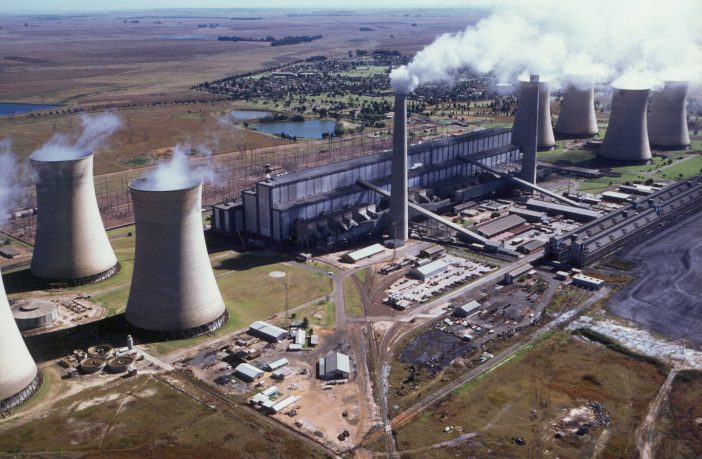- South Africa’s state owned energy utiltiy, Eskom, confirms that the shortage of generation capacity requires the implementation of Stage 3 loadshedding from 16:00 today until 05:00 on Saturday. Thereafter, the implementation of Stage 2 loadshedding from 05:00 until 05:00 on Sunday, followed by Stage 1 loadshedding until 16:00 on Sunday.
Unplanned outages are currently at 17 391MW of generating capacity, including the delays in returning to service four generating units including Koeberg Unit 1. The capacity out of service for planned maintenance is 4 654MW.
Approximately 4 700MW of generating capacity is anticipated to return to service by Sunday evening. Eskom teams are working tirelessly to ensure that this additional generating units are returned to service as soon as possible.
Around 81% of South Africa’s energy needs are directly derived from coal and 81% of all coal consumed domestically goes towards electricity production. Historically this has given South Africa access to cheap electricity, but it is also one of the leading reasons that the country is in the top 20 list of carbon dioxide emitting countries.
Eskom’s 14 coal-fired power plants, with an average age of 41 years, are designed to deliver 38.7 GW of the country’s 52.5 GW installed capacity. The coal plants continue to fail to meet the country’s energy demand.
Eskom’s generating plant availability reached the lowest levels ever in the 2022/23 financial year, due to unprecedented levels of unplanned unavailability from coal and nuclear power.
Another factor that contributed to the supply constraints is the fact that IPP capacity – both renewable and other programmes, such as DMRE’s Risk Mitigation IPP Procurement Programme – has not come online as expected under the IRP 2019, with an energy shortfall of more than 5 100GWh for the year, requiring increased levels of loadshedding and “overproduction” by Eskom and IPP-owned OCGTs of around 2 000GWh for the year.
Related news: South Africa’s energy procurement programme is in tatters
Additional dispatchable capacity of 4 000MW–6 000MW is required immediately, to support the stability of the power system, create space for maintenance and reduce the need for loadshedding (blackouts).
Author: Bryan Groenendaal













